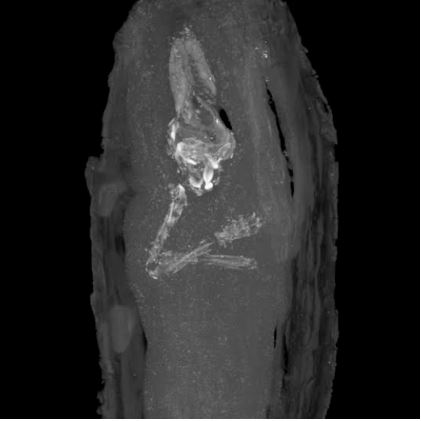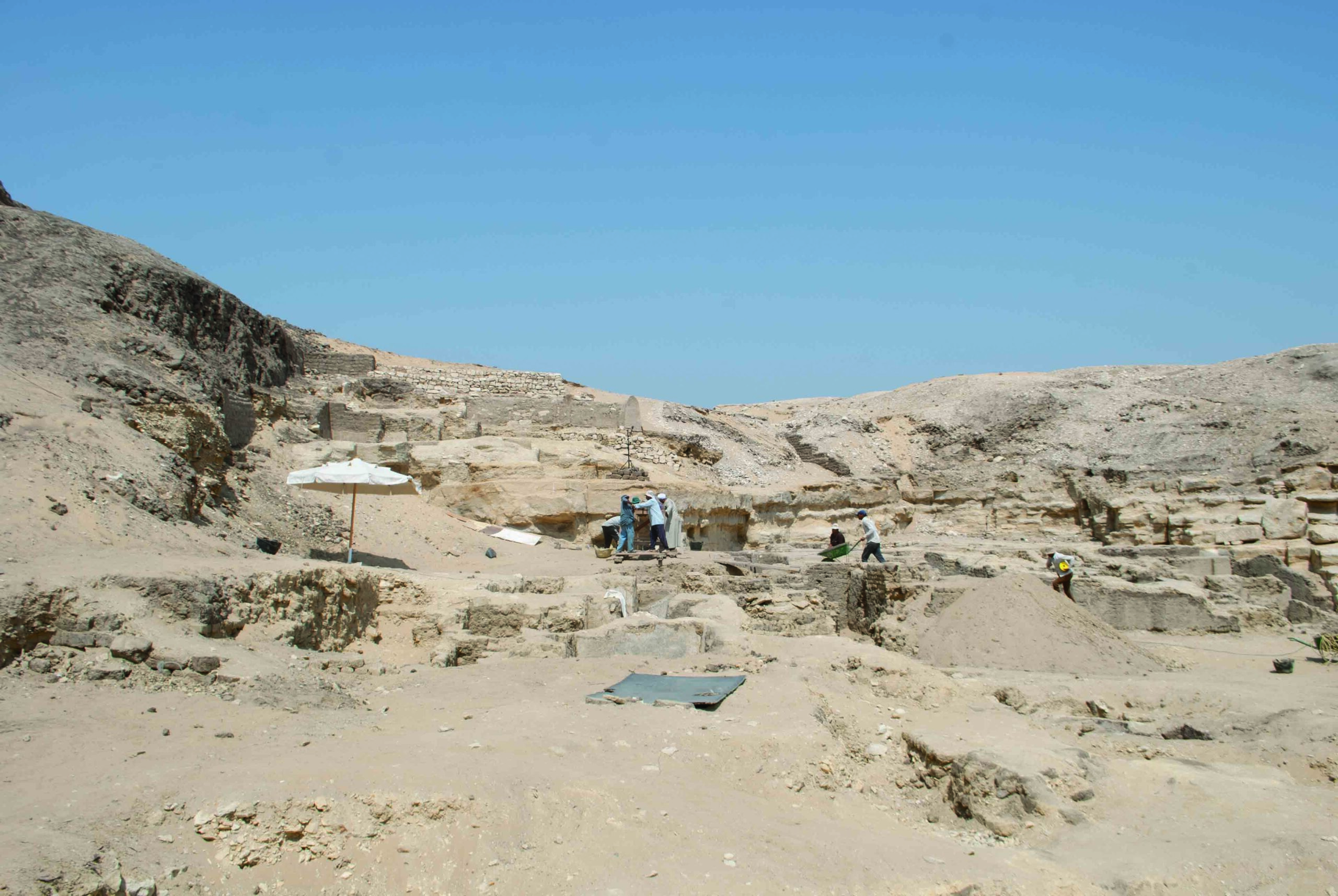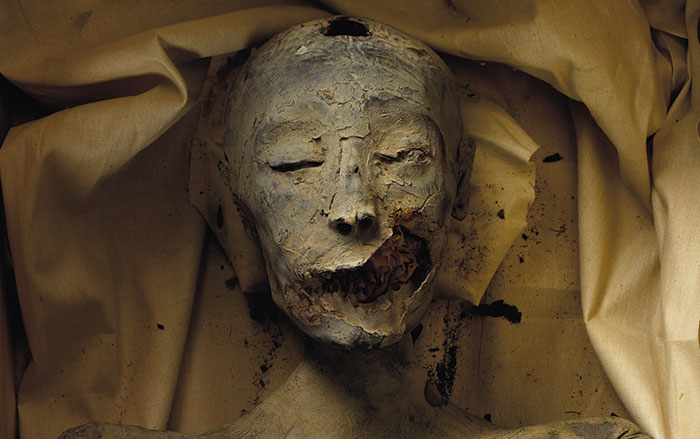
CAMBRIDGE, ENGLAND—Egyptologists at the Fitzwilliam Museum reportedly expected to find the embalmed remains of an adult’s organs in a miniature cedar sarcophagus that was discovered in Giza in 1907 by the British School of Archaeology. However, a CT scan has revealed the remains of a human fetus, estimated to have been no more than 18 weeks old at the time of death, which occurred sometime between 664 and 525 B.C. “The care taken in the preparation of this burial clearly demonstrates the value placed on life even in the first weeks of its inception,” Julie Dawson, head of conservation at the museum, told The Telegraph. The small-scale coffin had been carefully decorated, and the remains inside it had been wrapped in bandages. Molten black resin was poured over the tiny mummy before the coffin was closed. To read about another recent discovery, go to "Egypt’s Immigrant Elite."










